12 Rare Coins with Minting Mistakes That Are Worth a Fortune
Coins with major minting errors can be worth more than anyone expects. A missing date, a double image, or the wrong material can change everything. These coins are rare and often catch the attention of collectors. Some were used before the mistake was even noticed. That is what makes them so interesting to learn about.
This post may contain affiliate links, which helps keep this content free. Please read our disclosure for more info.
1943 Copper Lincoln Cent
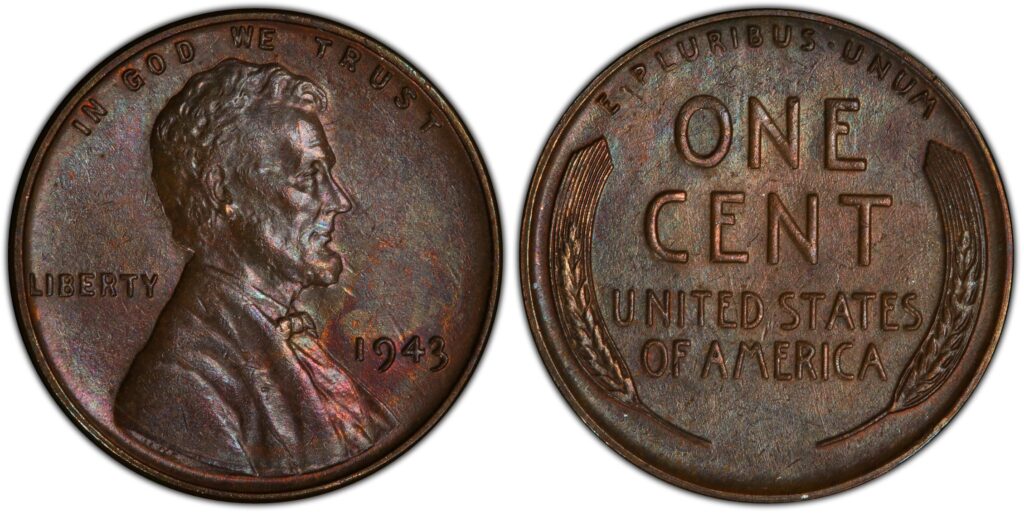
This rare coin was made during World War II when most pennies were struck in steel. A few copper planchets from 1942 were left in the press by mistake. These coins look like regular pennies but are not magnetic like the steel ones. Only a few were made, and they are very hard to find.
Collectors love this coin because of its unusual material and war-time history. Each confirmed example has sold for thousands of dollars. The color, weight, and metal tests help tell it apart from steel cents. The current estimated market value for a 1943 Copper Lincoln Cent is around $1.7 million, depending on the coin’s condition.
2000-P Sacagawea Dollar and Washington Quarter Mule
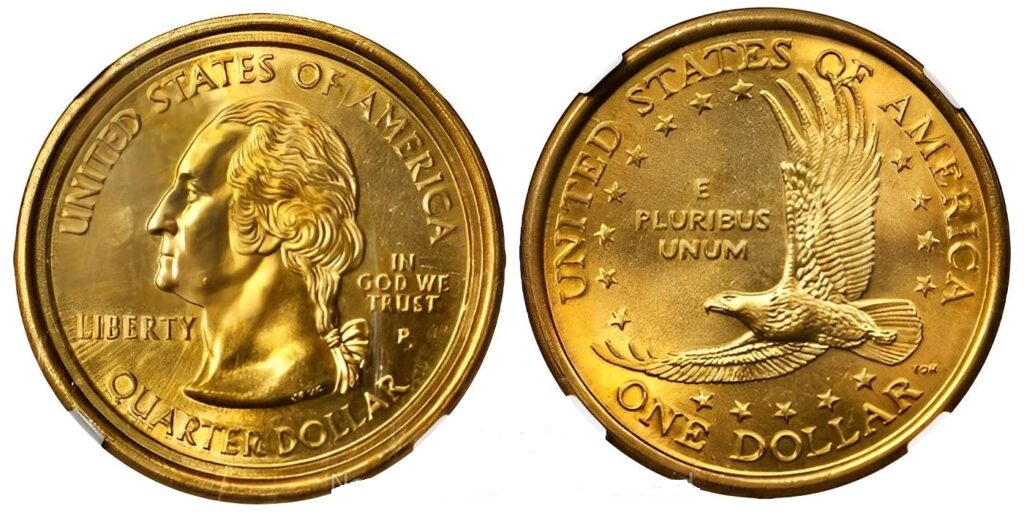
This coin was struck using the front of a Washington quarter and the back of a Sacagawea dollar. It was created when mismatched dies were used in the press. The size and metal match a dollar coin, but the design is wrong. Only a few dozen have been found.
This mistake is called a mule and is extremely rare. These coins were likely made in Philadelphia, marked by the P. Collectors quickly noticed the error due to the unusual pairing. A 2000-P Sacagawea Dollar and Washington Quarter Mule can be valued at over $100,000 depending on its condition.
1955 DDO Lincoln Cent

This penny shows strong doubling on the words LIBERTY and IN GOD WE TRUST. The doubling was caused by a misaligned die during production. The error is visible without a magnifying glass. It was not caught before many coins were released.
Thousands of these cents entered circulation before the mistake was found. The clear doubling makes it one of the most popular error coins. Even worn examples are valuable. The value for a 1955 DDO Lincoln Cent in good condition can range from $1,500 to over $10,000.
1975 No S Proof Roosevelt Dime
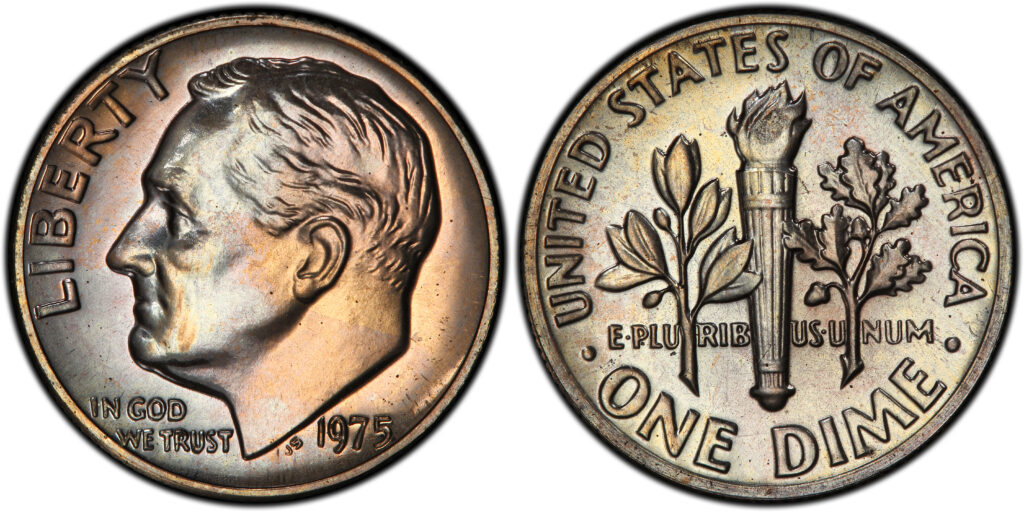
This dime was struck without the S mint mark, even though it was made in San Francisco. Proof coins are usually marked with an S to show their origin. A missing mint mark happened when the wrong die was used. Only a few were made and sent out in proof sets.
These are true proof coins with sharp details and a mirror finish. The missing S is the only clue that something is wrong. It is one of the rarest modern proof errors. The estimated current value of a 1975 No S Proof Roosevelt Dime is $150,000 or more.
1937-D 3-Legged Buffalo Nickel
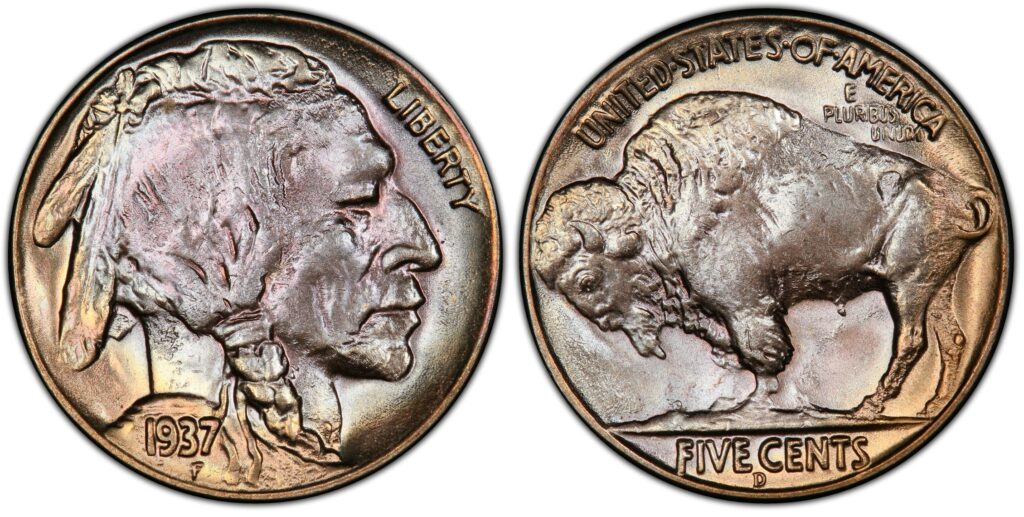
This nickel is missing one of the buffalo’s front legs. The error happened when a mint worker over-polished a die to remove damage. The polishing removed the leg from the design. Coins with this flaw were released before the issue was noticed.
The missing leg makes the coin look odd at first glance. It became well known among collectors for its unusual appearance. The rest of the coin is normal, which adds to the mystery. A 1937-D 3-Legged Buffalo Nickel can be worth up to $50,000 in high-grade condition.
2004-D Extra Leaf Wisconsin State Quarters
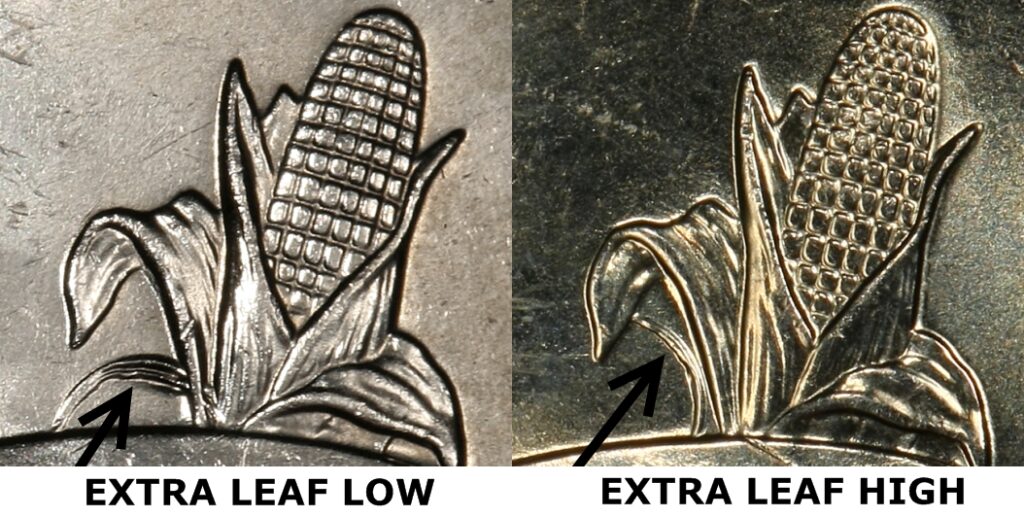
Some Wisconsin quarters from the Denver Mint show an extra leaf on the corn stalk. The extra leaf appears either high or low on the left side. It was likely added by mistake during die polishing or maintenance. The coin design should have only two leaves.
These extra leaves are not found on all 2004-D quarters. The mistake created two different varieties that collectors chase. These coins are often found in pocket change. The value of a 2004-D Extra Leaf Wisconsin State Quarter can range from $500 to $10,000, depending on its condition.
1941 or 1942 Mercury Dimes
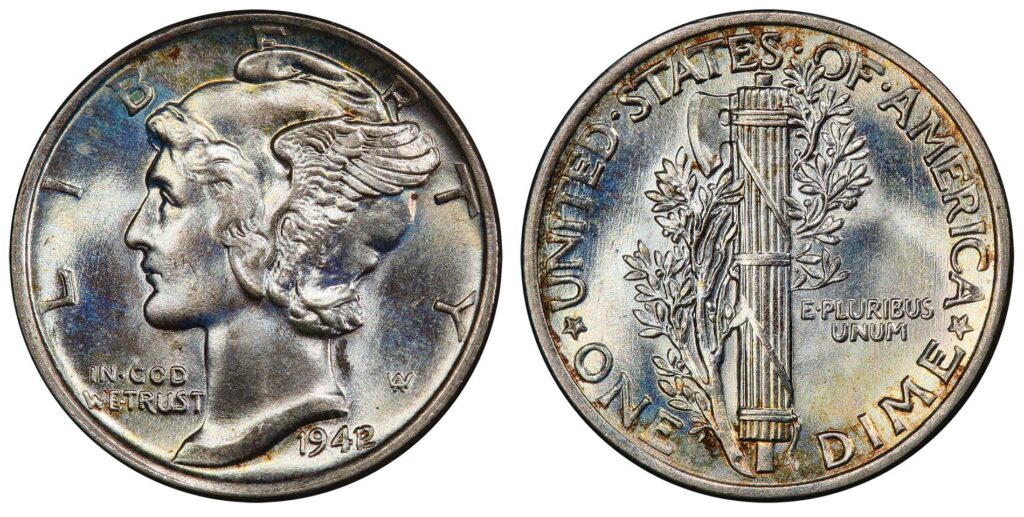
Some Mercury dimes from these years show signs of overdated dies. A 1942 coin may have traces of a 1941 date underneath. This happens when a die is reused and re-engraved with the new year. If not done carefully, parts of the old date can still show.
These overdates are hard to see without magnification. They are considered valuable because they reflect a real mistake in die preparation. Not all dimes from these years show the error. A 1941/1942 Mercury Dime can sell for over $10,000 depending on its condition.
1922-D Plain Lincoln Cent
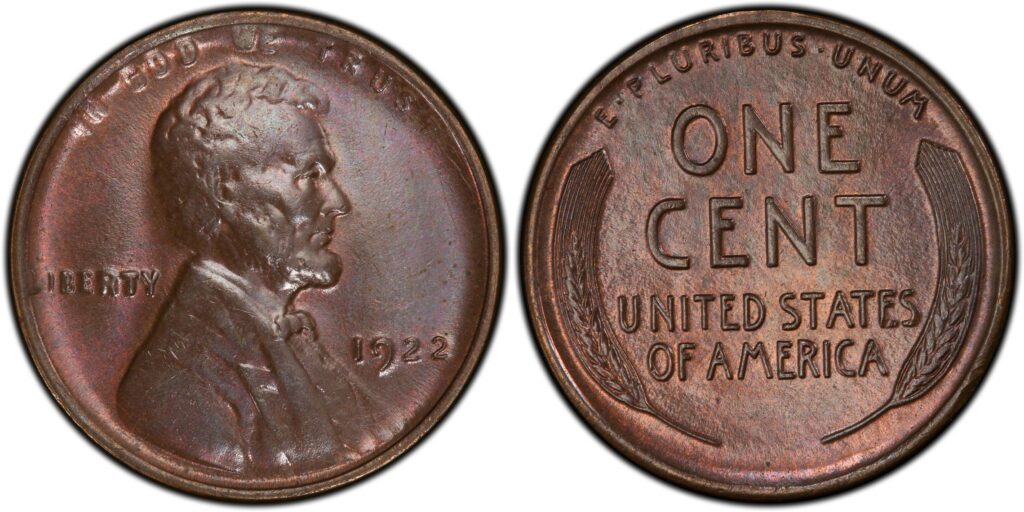
Most 1922 Lincoln cents were made in Denver and should have a D mint mark. Some were struck with worn dies that lost the D during production. The result is a coin that appears to have no mint mark at all. This type is known as the Plain 1922 cent.
It is different from Philadelphia cents, as no 1922 cents were made there. This makes the missing D a true error, not just a normal coin. Collectors value this coin highly, especially in better condition. The current value of a 1922-D Plain Lincoln Cent is estimated to be around $40,000 in high-grade condition.
2007 Presidential Dollar Missing Edge Lettering
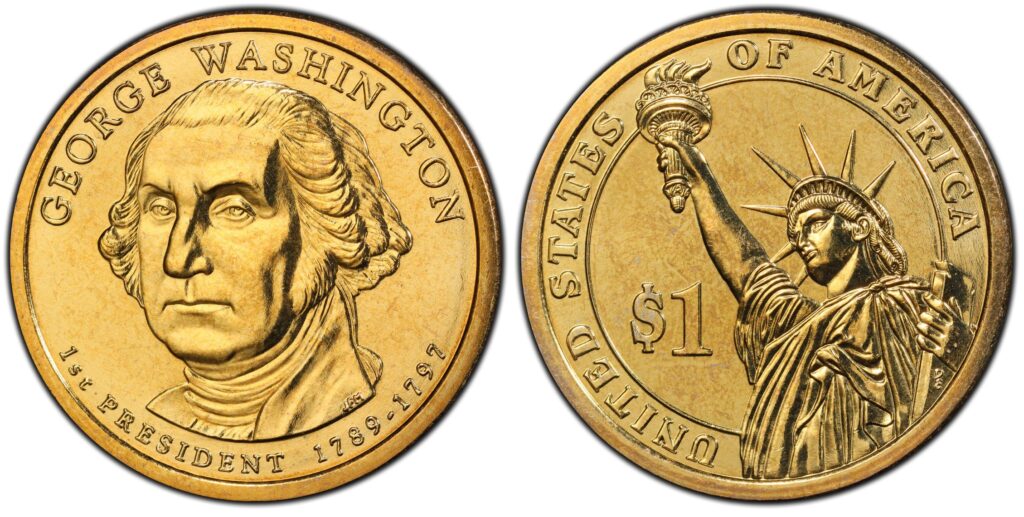
Presidential dollars are supposed to have lettering on the edge showing the year, mint mark, and motto. In 2007, some coins were released without any edge lettering. This happened when the coins skipped the final step of the minting process. The result is a plain edge with no writing.
Collectors quickly found this mistake in rolls of new dollars. These blank-edge coins were nicknamed Godless dollars. They are legal coins but have a unique look. A 2007 Presidential Dollar with missing edge lettering can sell for over $2,000.
ble.
1956 Bugs Bunny Franklin Half Dollar
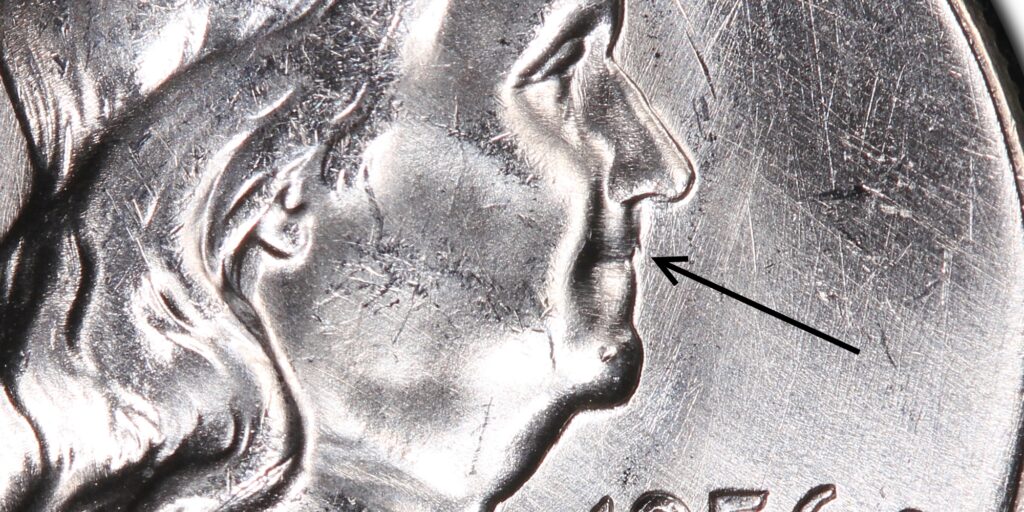
This half dollar shows what looks like buck teeth on Benjamin Franklin’s upper lip. The odd detail came from a die clash, when the coin dies hit each other without a blank in between. The clash left part of the eagle’s wing on Franklin’s mouth. This creates the funny Bugs Bunny look.
It is a light error, but easy to spot once you know where to look. Many collectors find it charming and fun to collect. It is not rare, but adds variety to a Franklin half-dollar set. A Bugs Bunny Franklin Half Dollar can be worth $500 or more in good condition.
1944 Steel Lincoln Cent
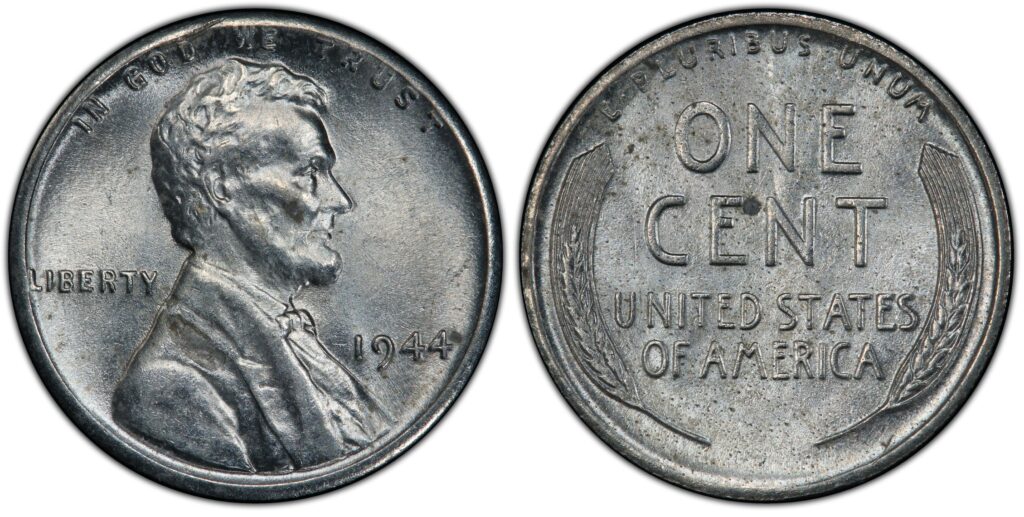
In 1944, pennies returned to copper after one year of steel cents. A few leftover steel blanks from 1943 were still in the press and were used. These 1944 steel cents are rare and magnetic. Most were made at the Philadelphia, Denver, or San Francisco Mints.
They stand out due to their silver color in a year when most coins were copper. Very few have been found and verified. They are among the top Lincoln cent errors. A 1944 Steel Lincoln Cent can be worth $500,000 or more, depending on condition.
1982 No P Roosevelt Dime
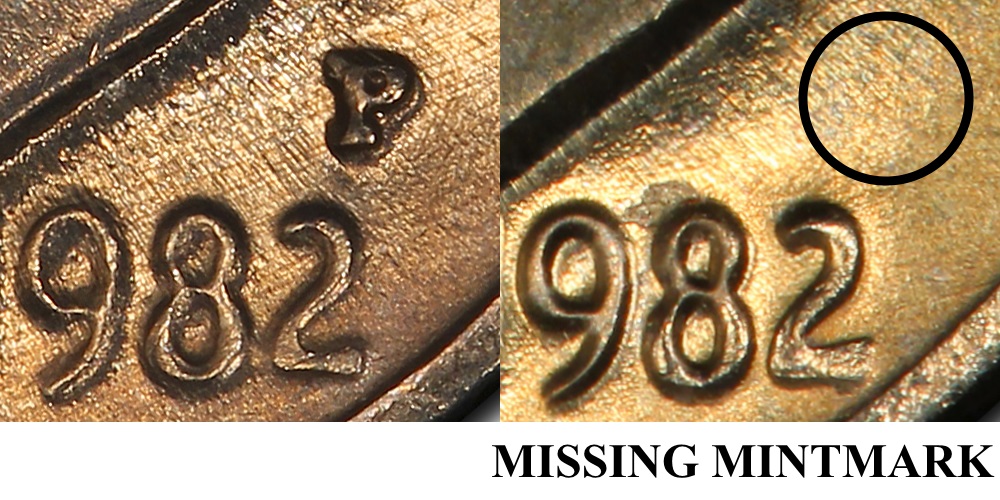
This Roosevelt dime was struck without the P mint mark, even though it was made in Philadelphia. The error happened when a die was used before the mint mark was added. Only dimes from 1982 can have this error. It was not caught until many had entered circulation.
These dimes look normal except for the missing P. Most were found in the eastern U.S. The missing mint mark makes them more valuable. A 1982 No P Roosevelt Dime can be worth over $10,000.
Minting mistakes may seem small, but they often create coins worth far more than face value. Collectors enjoy tracking down these rare pieces for both their history and value. Keeping an eye out for unusual details can make collecting more rewarding.
This article originally appeared on Avocadu.
